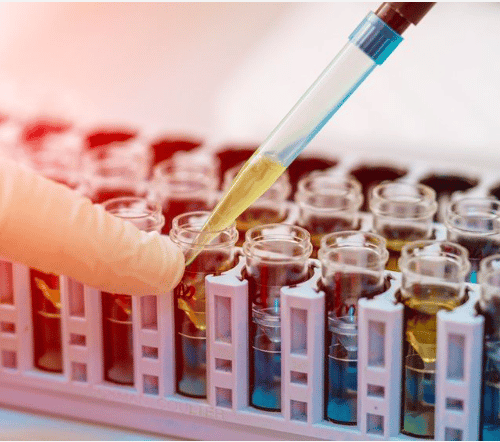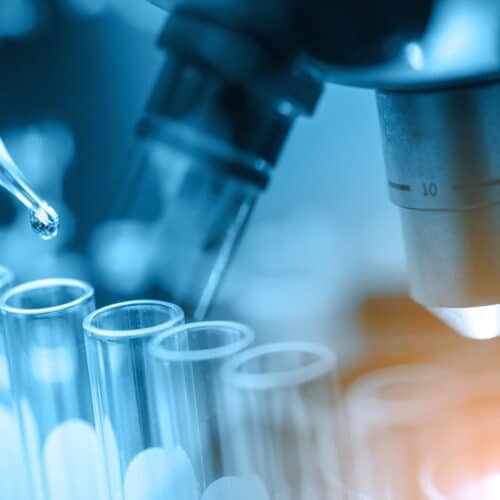Keeping Pace with LRRK2 and GCase

There are a number of genetic variations that can increase one’s risk of developing Parkinson’s.
Two of the most common genetic variations or mutations occur in regions of human DNA known as the ‘LRRK2’ gene and the ‘GBA’ gene (a gene being a functional section of DNA). These mutations usually occur independent of each other, and they are very rare within the overall Parkinson’s-affected community (less than 5% of cases). But new research recently published by Professor Dimitri Krainc (a member of Cure Parkinson’s International Linked Clinical Trials committee) and his team from Northwestern University in Chicago, suggests that the protein of the LRRK2 gene could be influencing the activity of the GBA protein – which is called GCase (it is thought that GBA gene mutations cause dysfunction in the naturally occurring enzyme protein GCase which is responsible for cellular waste disposal).
The researchers cultured skin cells from people with LRRK2-associated Parkinson’s and they noticed that GCase activity in those cells was reduced. LRRK2 genetic mutations result in a hyperactive form of the protein and inhibitors of LRRK2 are being developed as a potential treatment for LRRK2-associated Parkinson’s. The researchers treated their skin cells with a LRRK2 inhibitor, and they observed an increase in GCase activity. When GCase is suppressed waste within the cell builds up, and boosting this system makes cells healthier. These new findings suggest that LRRK2 is suppressing GCase activity, and the investigators discovered that it was achieving this via a third protein, called Rab10.
Previous research has suggested that LRRK2 activity is actually increased in many people with Parkinson’s, even in the absence of a genetic mutation in the LRRK2 gene.
In addition, people with idiopathic Parkinson’s (meaning no obvious cause) also have reduced levels of GCase activity. Experimental therapies are being clinically tested for the inhibition of LRRK2 or boosting GCase activity (such as Cure Parkinson’s supported Ambroxol trial), and rather than simply being targeted towards individuals with LRRK2- or GBA-associated Parkinson’s, this new research suggests that these novel therapies may be beneficial for others in the wider Parkinson’s affected community.







